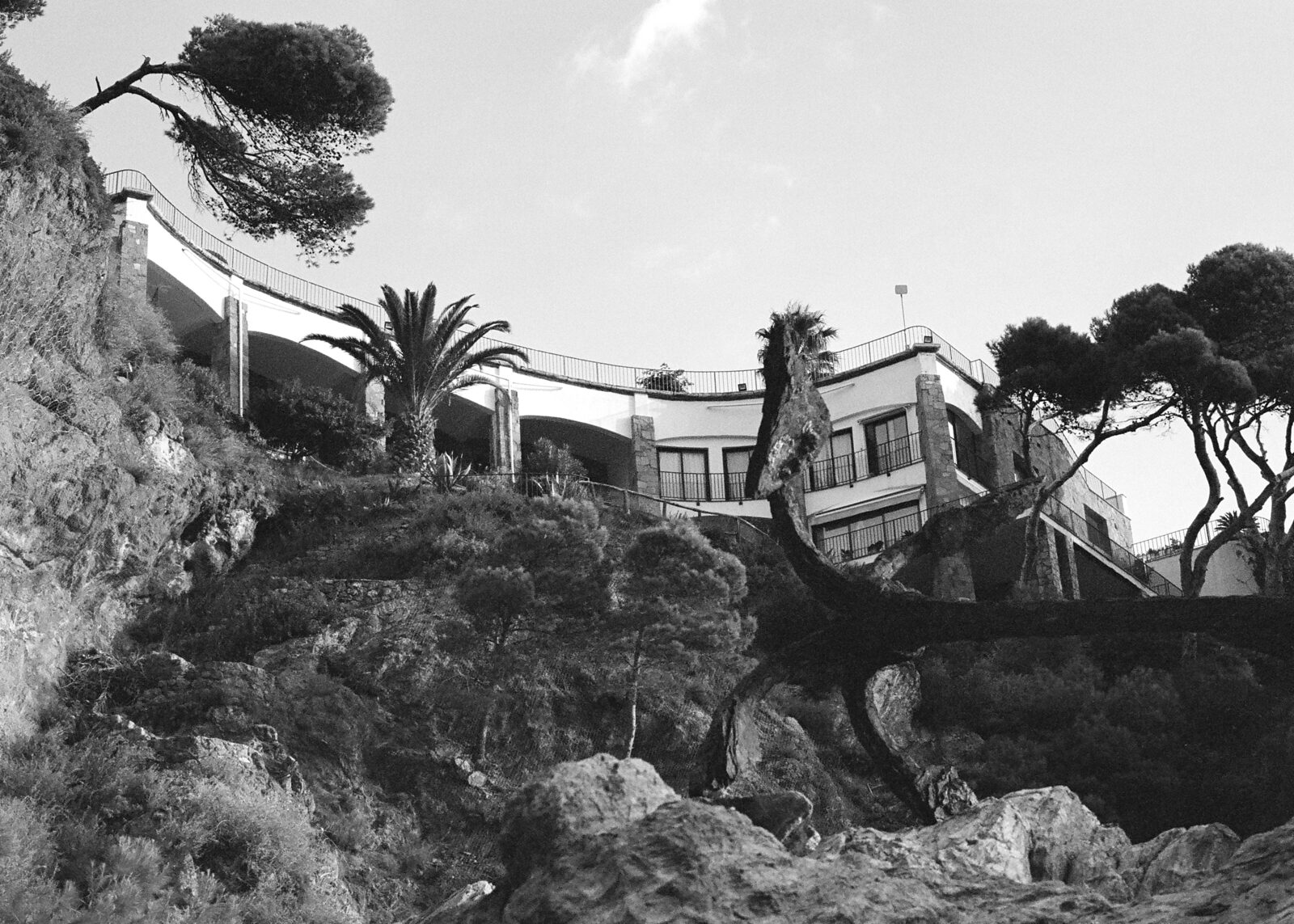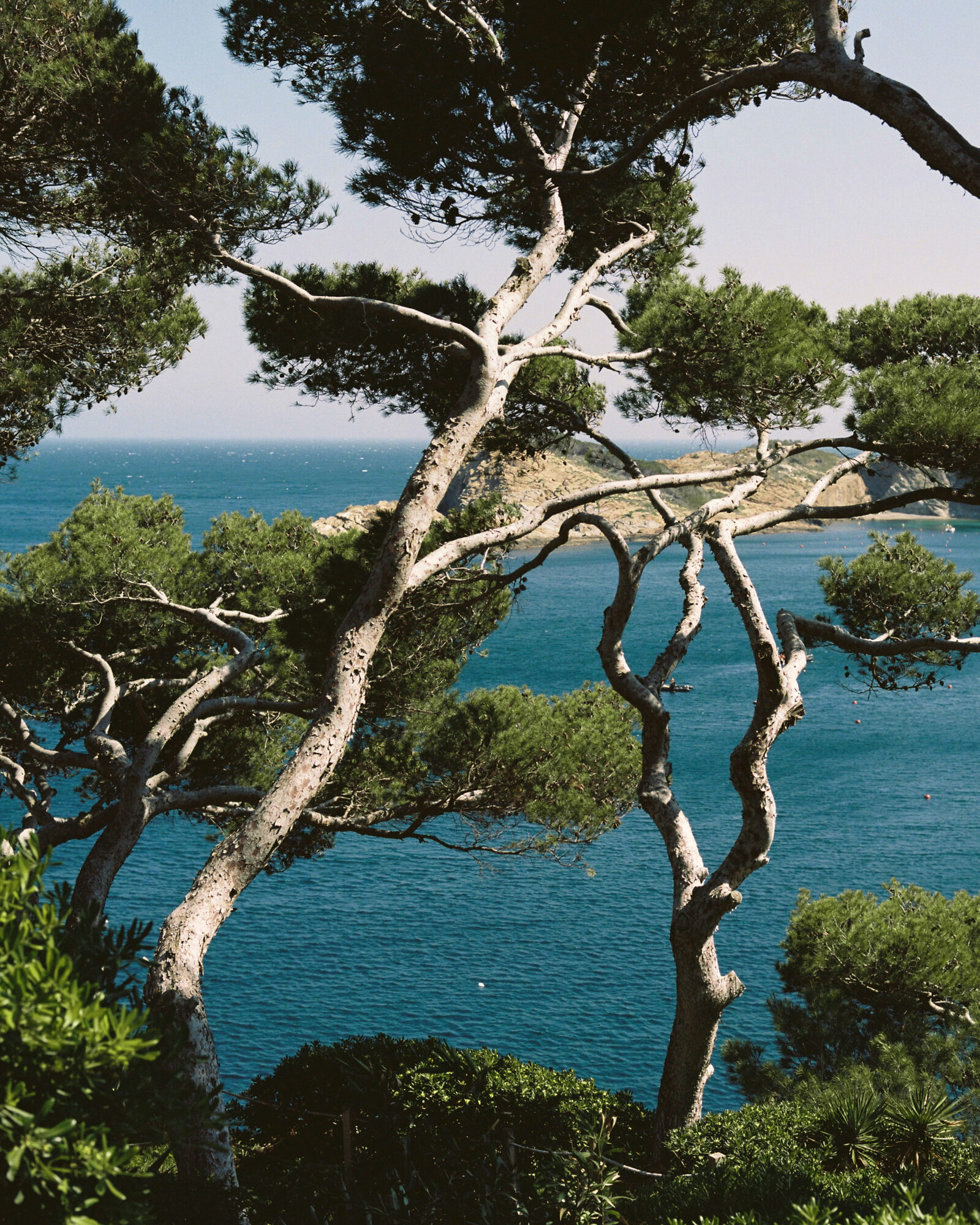



Located in the heart of the Costa Brava, Spain, on the left bank of the Cala Sa Tuna, Begur has about 4,000 inhabitants—a figure that rises nearly tenfold during the summer months. The town itself is a labyrinth of cobbled streets that climb up and down to the sea with the sound of water constantly murmuring in the back- ground.
The ground is covered in pine needles, and the tall, fanned trees whisper in the wind. On the horizon the water merges with the sky. Invited by this idyllic landscape, a little distance from the centre of town, rises—imposing and without warning—a mass of cement and stone along the coastline, the Cap Sa Sal hotel.
In spite of seasonal overcrowding, the landscape of Begur has endured. Maybe it is true that Nature is the sister of all of us—though, as Oscar Wilde once wrote, had it been more comfortable, humanity would never have invented architecture. [1] Even in the context of the beautiful Begur coastline, the Cap Sa Sal stands out. Originally commissioned in the mid-1950s by Dr. Andreu, a wealthy pharmaceutical entrepreneur, real estate developer, and philanthropist from Catalonia, the hotel exemplifies the tourist explosion of the 1960s.
When construction began in 1955, it was in a town much different to the one we know today—still unpaved, with fewer than 1,000 inhabitants and no running water. The Andreu family hired the architect Josep Maria Bosch i Aymerich to design the majestic and melancholic building. Bosch was joined on the project by Jordi Galí, an interior designer who had already worked with the Andreu family on one of their most famous Barcelona developments: The Metropolitan Hotel, known today as ‘La Rotonda’ or the ‘Andreu Tower.’ Nicolau Rubió i Tudurí, a landscaper and disciple of Forestier’s modernism, rounded out the team.
[1] Wilde, O., (1891). The Decay Of Lying—An Observation. In: Intentions. London.
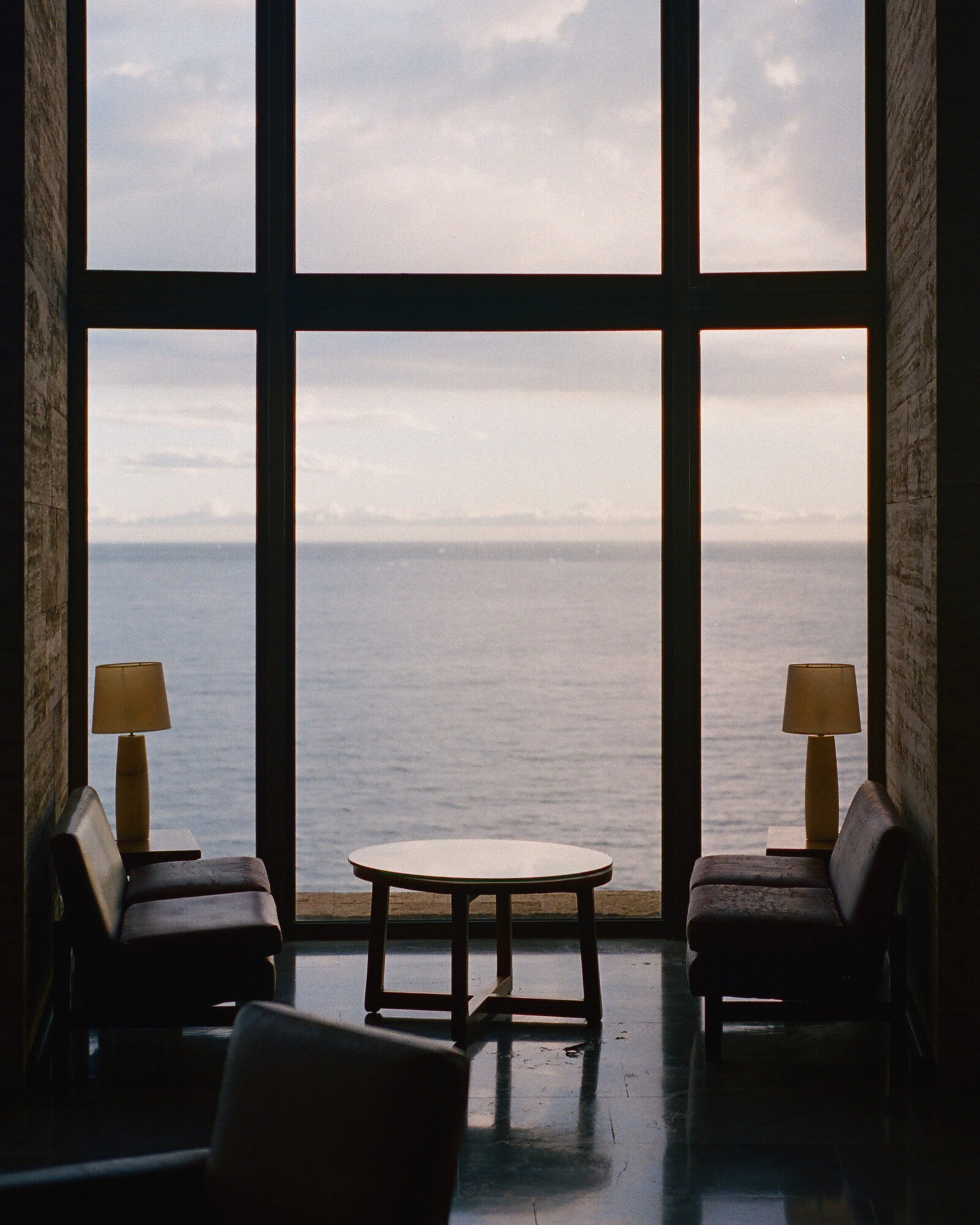
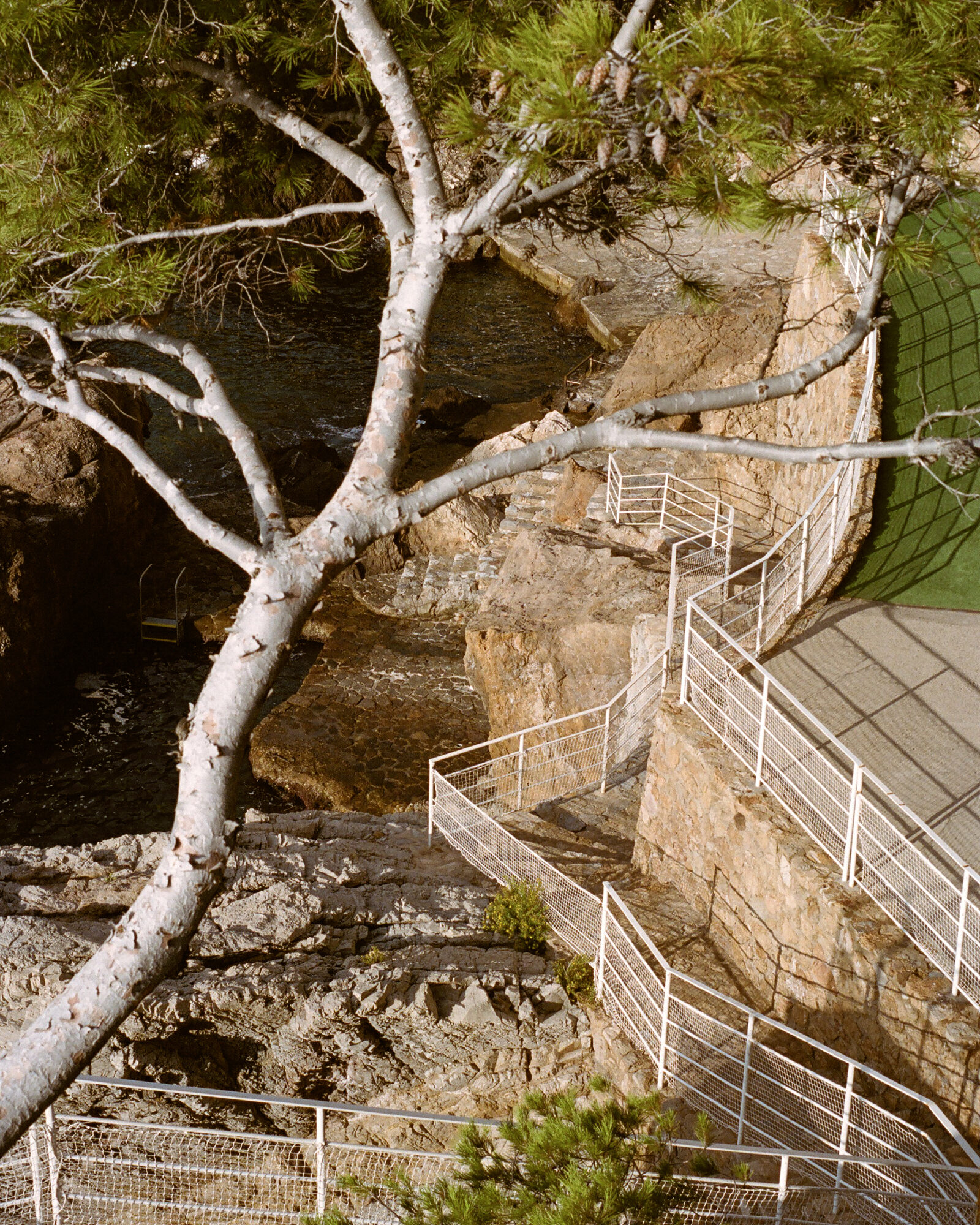
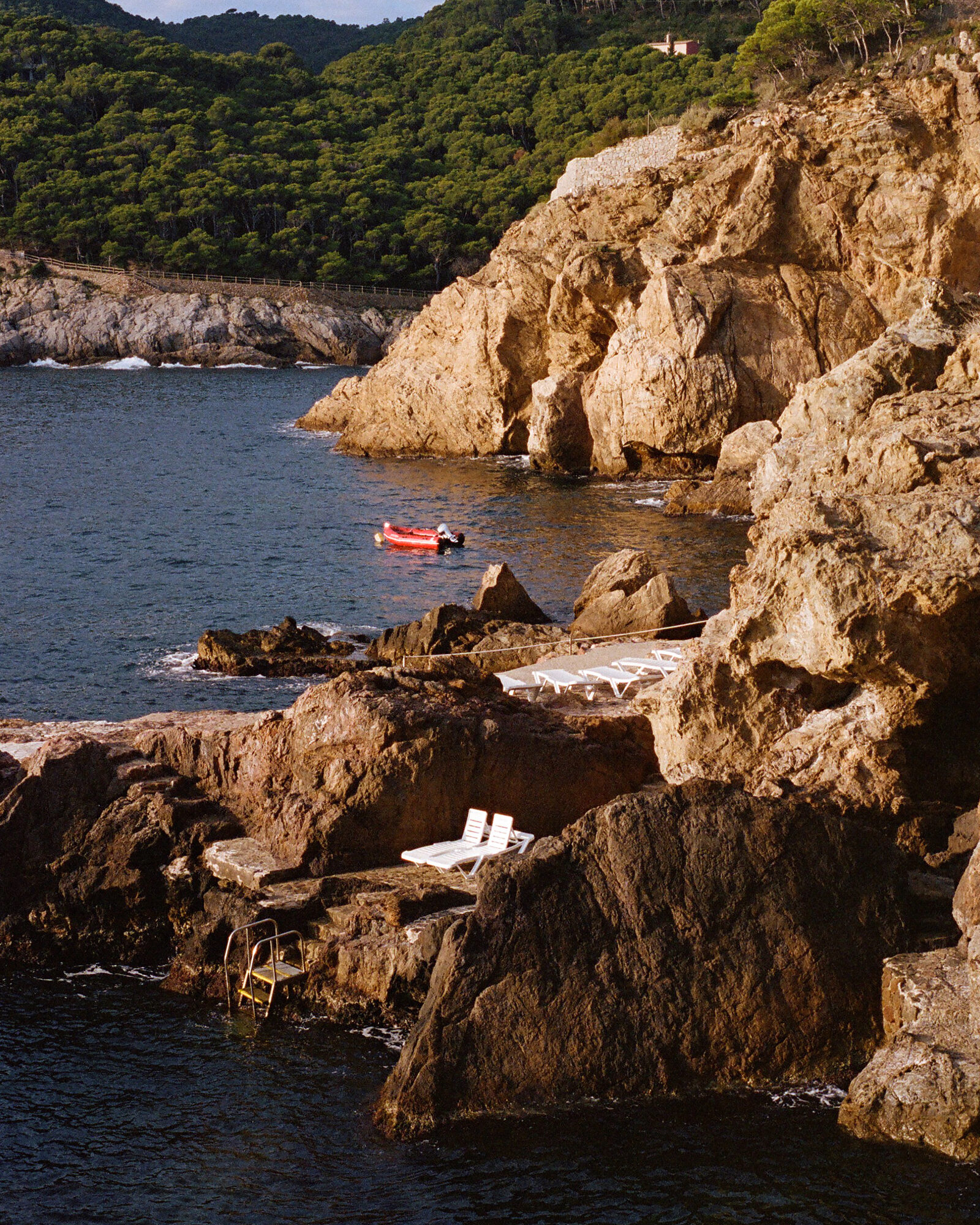
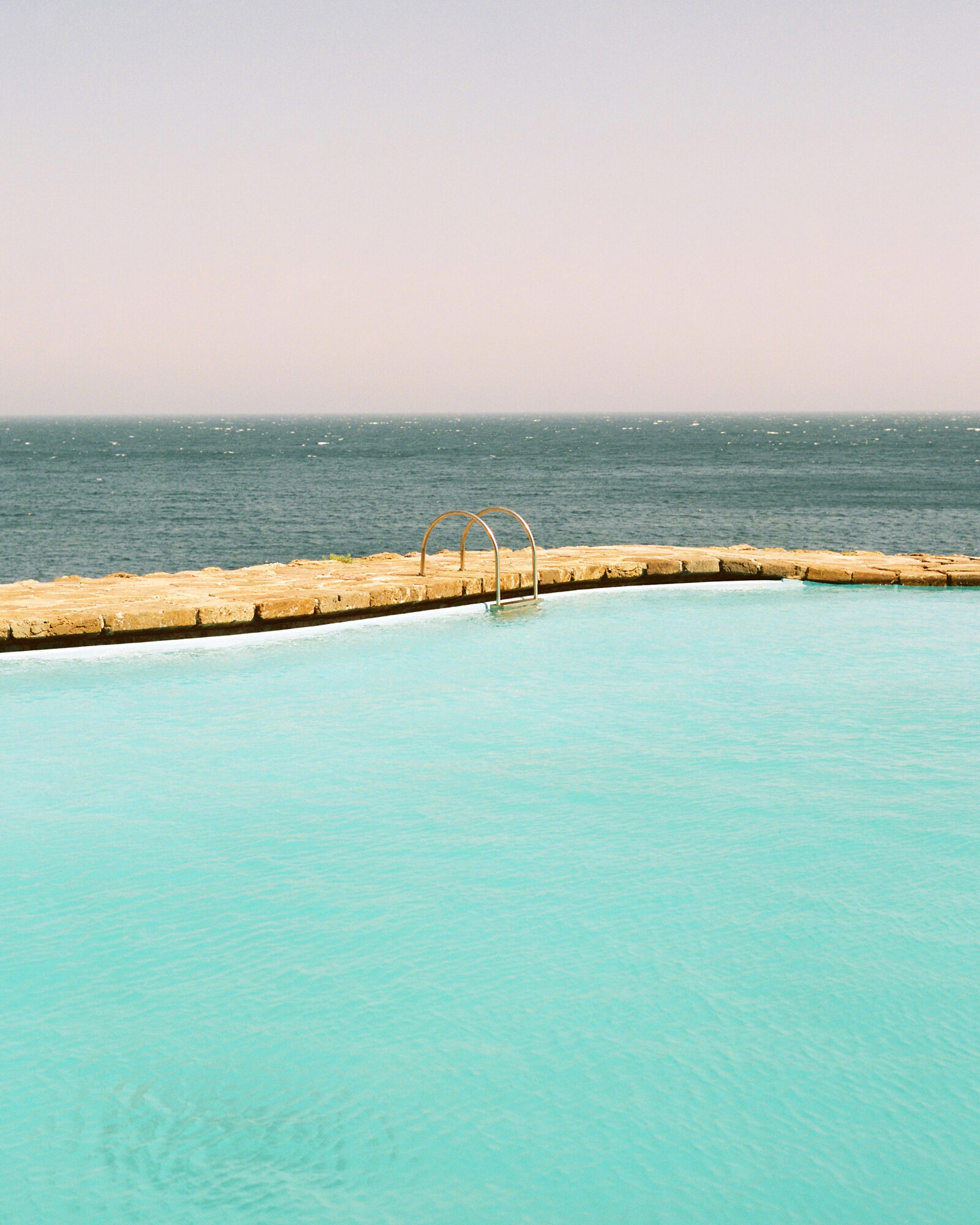
From an architectural point of view, the building reflects the collective narcissism that flooded coastal ci- ties of Spain of the 1960s and ’70s. The scale of skyscraper—its greatness—is overwhelming, as if it were daring the sea to match its man-made glamour. But its prescience would also become its greatest weak- ness.
Constructions such as the Club Med in the Paraje de Tudela, now demolished, and La Gavina, which expanded with the urbanisation of S’Agaró, fulfilled similar roles, taking away from the power of Cap Sa Sal. Today, the Cap Sa Sal still stands, challenging the sea and the wind, captivating and cultivating our dreams.
Though under new management and renamed the Cap Sa Sal Luxury, its history is still palpable. The smell of worn, vintage leather armchairs recalls the hotel’s youth and its splendour in a time of change that shaped the Costa Brava and its culture for both previous and future generations.
